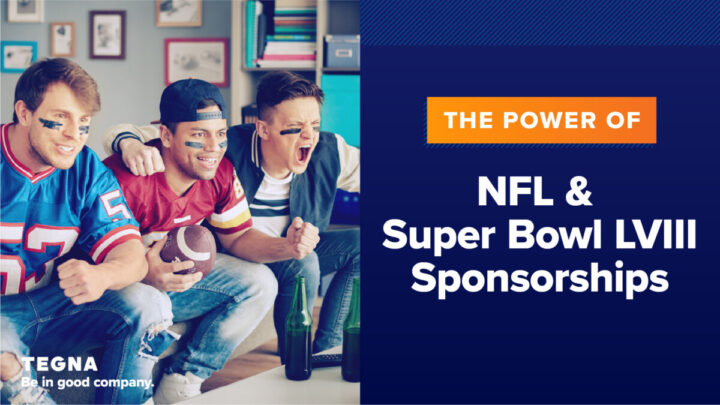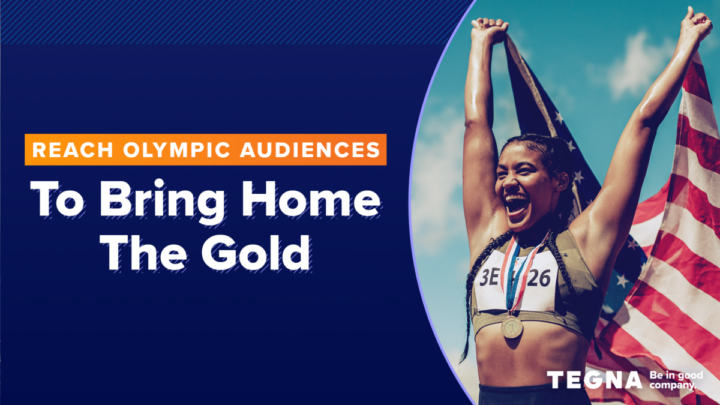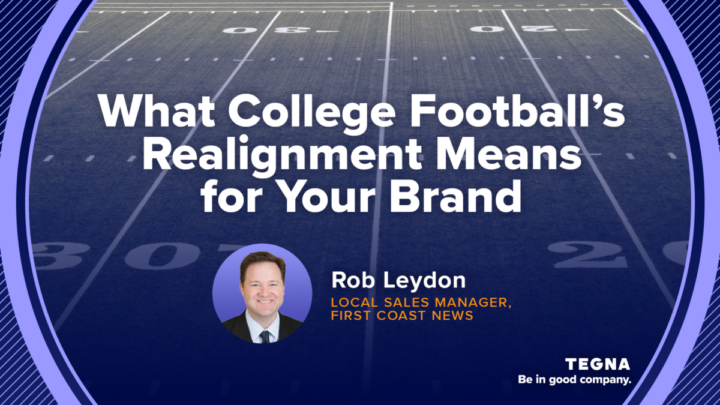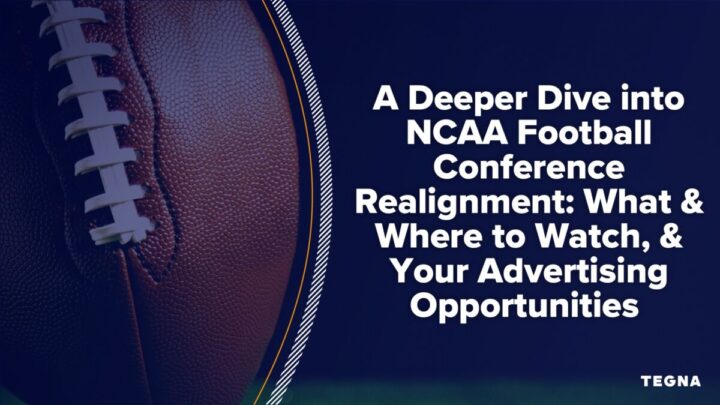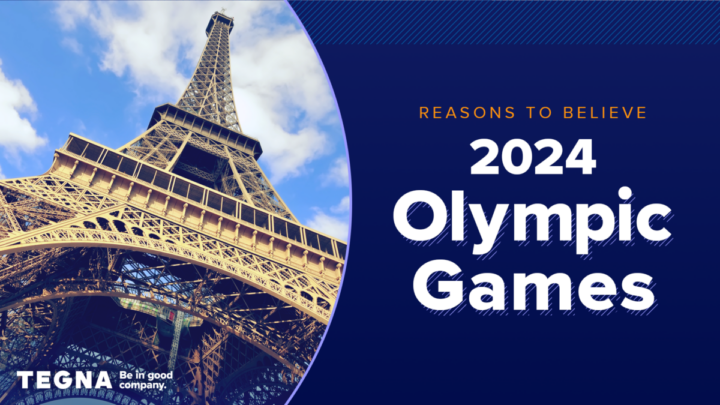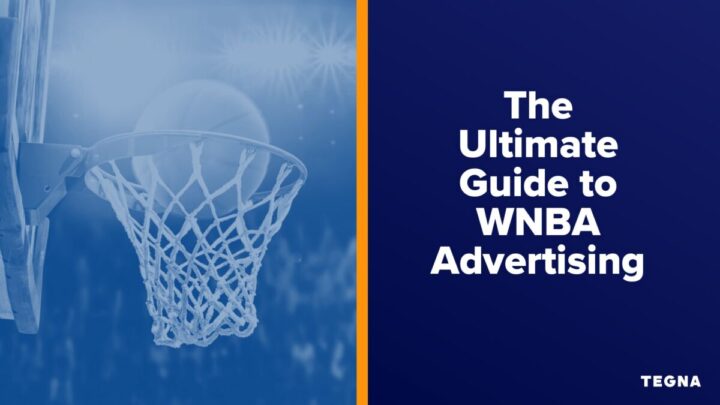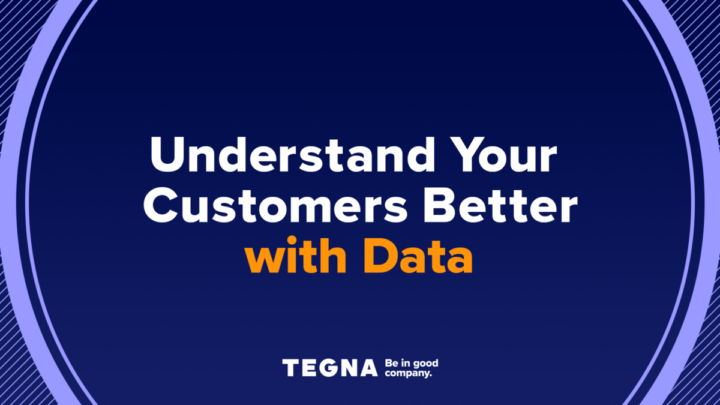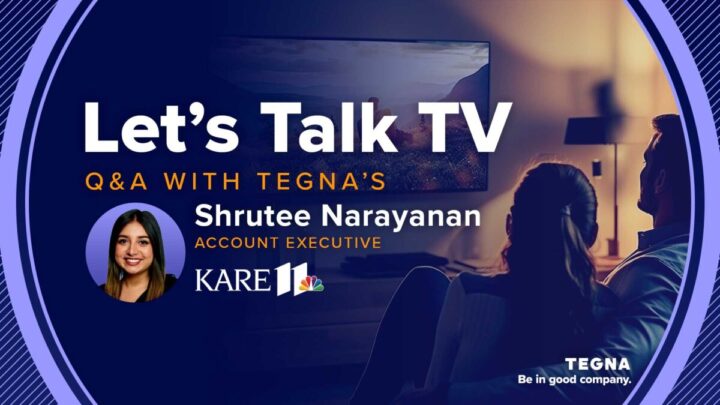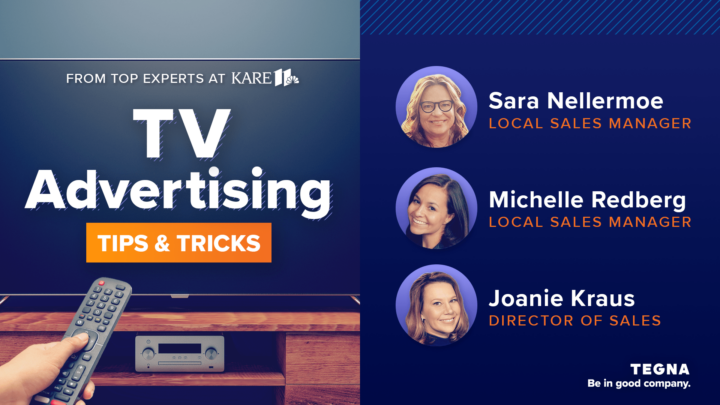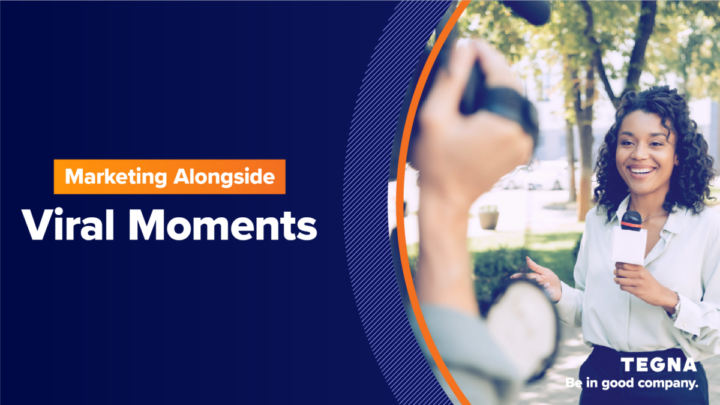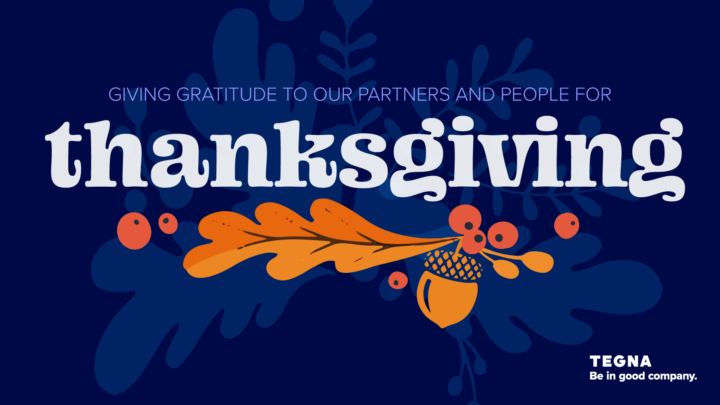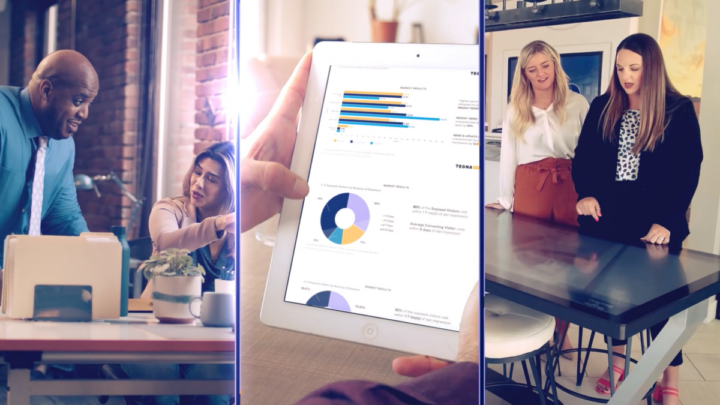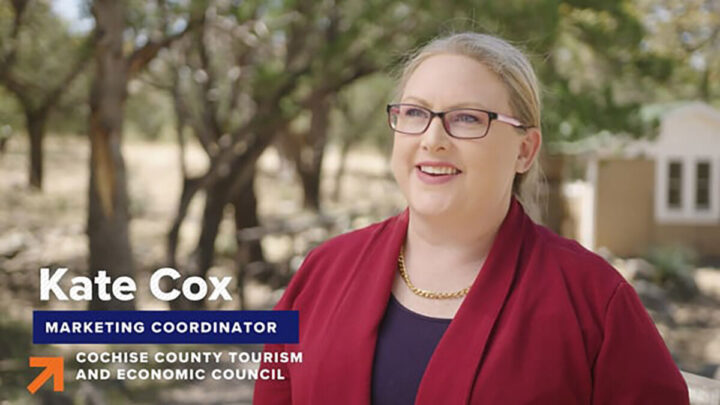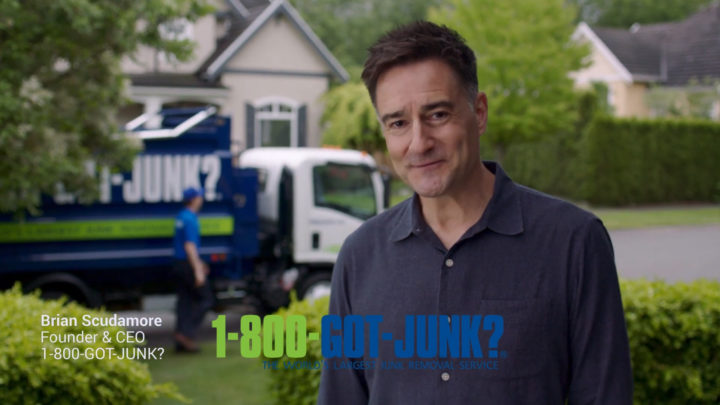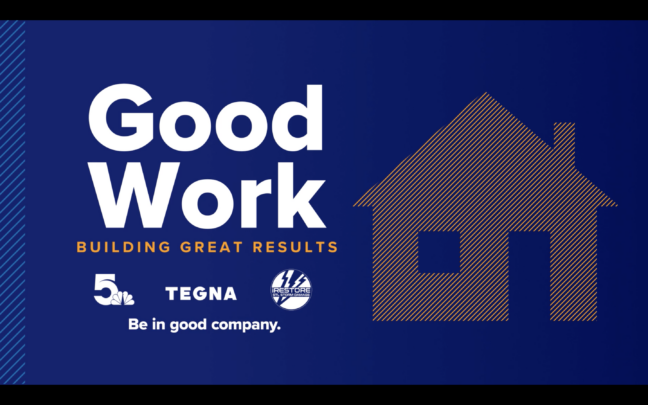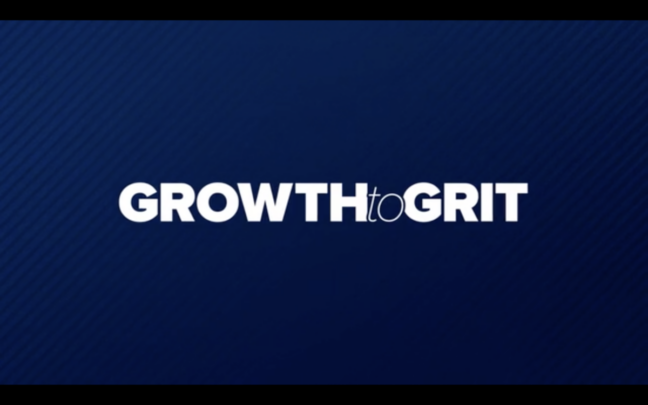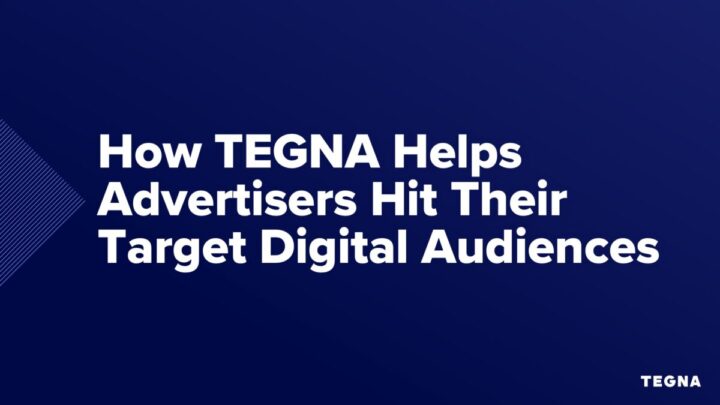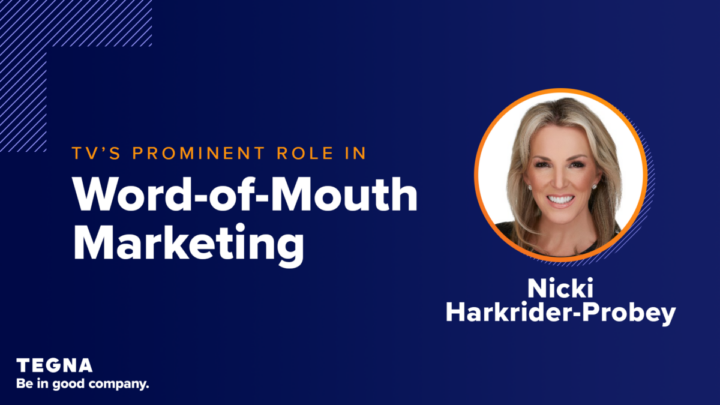Decoding The Olympics Advertising Game
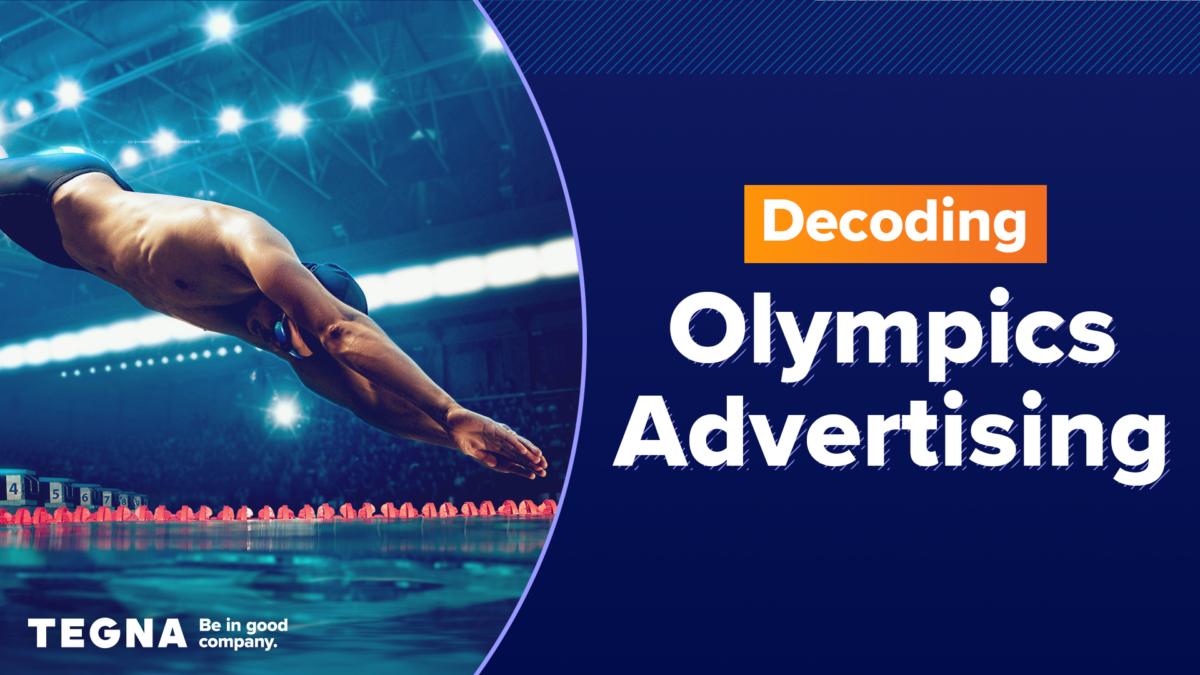
A Brief History of Marketing & Advertising in the Olympic Games
“Compete with the immortals.”
Taken from a stirring, motivational speech given to Olympic athletes just before they took to the competition? Not exactly. These are the words of advertising icon David Ogilvy. Throughout his life and career, Ogilvy implored colleagues, rivals, and anyone he met, to push themselves toward greater excellence and achievement constantly.
How fitting that over the years, the advertising industry has trained like Olympic athletes to achieve creative gold during the Olympic Games. However, brands are also stepping into the conversation in a bold and unforgettable way to inspire, comfort, and engage their audiences.
Timeline & Examples of Successful Olympic Advertisements
The Olympics have always been a showcase for campaigns with emotional punch and impact. As we mark one year to the start of Paris 2024, let’s look back at some of the most unforgettable Olympic marketing moments.
Satellite Broadcasting Begins in Tokyo in 1964
Tracing the growth of Olympic ad campaigns runs directly parallel to the expansion of media coverage. During the 1964 Games in Tokyo, satellite broadcasting was utilized for the first time. The satellites allowed images to be transmitted overseas and attracted more than 250 companies as global marketing partners.
Olympic Official Products Become the Norm in the 70s
“Official” products started to become more prevalent. Product categories far removed from the actual action on the field were designated as “official,” such as Texaco’s Havoline Motor Oil for the 1972 Munich Summer Games. Their spot used runners competing in a relay race with cans of oil rather than batons. And there’s Brim, “the official coffee of the 1976 Summer Olympics,” portraying a fictional coffee booth prepping for the onslaught of fans thirsty for their favorite brew.
Global Audiences Grow in the 80s
Entering the 1980s, viewer counts were getting higher every year. More than 2.5 billion people tuned into the 1984 Los Angeles Games, with TV and radio broadcasting rights acquired by 156 countries. Advertising became more sophisticated and nuanced, bundling its messaging with emerging star athletes and broader themes of family, patriotism, and dedication.
The granddaddies of the tearjerker spot, Anheuser Busch, created a Michelob ad for the 1988 Olympics imagining the hush that takes over a crowded, noisy bar as patrons watch their country’s athletes ascend the platform to take gold.
The Largest Broadcast Audience to Date
The Atlanta Games in 1996 would usher in a whole new age for the Olympics and its marketing and advertising juggernaut. The sporting spectacle was primarily financed with private funds for the first time, opening the floodgates to even greater partnerships. Now 214 countries were able to view the games.
When all was said and done, Nielsen counted 39.7 million viewers – the largest U.S. TV audience ever – for the 1996 Summer Games opening ceremonies.
The New Millennium Sees New Brand/Athlete Relationships
At the Sydney 2000 Games, a lanky and determined kid from Baltimore would get into the water – and the world of Olympic advertising would never be the same. Michael Phelps did not medal in Sydney, but fans and marketers took notice. By Athens 2004, Phelps was shattering records and accumulating hardware at a dizzying pace.
Visa famously cast Phelps just doing his normal practice laps as he swims the length of the world from the Acropolis in Athens all the way to Lady Liberty in New York Harbor. Phelps, of course, would go on to more Games, more medals, more record books, and more ads, including an Under Armour spot in 2016 that holds the record for most views online ever.
In 2008 Visa returned with its “Go World” series, focusing on competitors from around the globe. In one standout ad voiced by Morgan Freeman, they memorably redefined the idea of “a winner” by sharing the story of UK runner Derek Redmond, who, at the 1992 Barcelona Games, tore his hamstring in the 400-meter semi-final. He continued the race limping and, with assistance from his father, made it to the finish line as the crowd gave him a standing ovation.
Marketing Becomes as Meaningful as the Games Themselves
“Thank You, Mom” Campaign
The heart-tugging hat trick must go to Proctor & Gamble (P&G). The first “Thank you, Mom” was in 2010, and P&G used it for the next several Olympic Games through PyeongChang in 2018. The spots delved deeply into the backgrounds of the athletes, showcasing their most prized asset – Mom.
As their agency, Wieden + Kennedy explained, “At first blush, P&G doesn’t have an obvious connection with the Olympics. But every Olympic athlete has, or had, a mom. And P&G loves moms. We didn’t make the athletes our heroes; we celebrated their moms.”
“Find Your Greatness” Campaign
A natural fit to be an official Olympic sponsor, Nike’s powerful “Find Your Greatness” Olympic campaign ran for the 2012 Games in London and stands out as one of the most inspiring ad campaigns of all time.
“Because Nike found great talents from ordinary people from all around the world, the message challenges us to define the word “greatness” in our lives, gives us the power to decide what greatness truly means, and inspires us to go find it,” says Brandon Baker, Coordinating Producer at TEGNA. “These small moments of greatness span age, race, gender, and culture.”
4 Benefits of Marketing at the Olympics
For brand advertisers, the Olympics are a significant platform to reach consumers with inspirational and powerful messaging that audiences crave.
1. Exposure & A Dedicated Audience
What is the biggest benefit of marketing at the Olympics? The exposure. Studies show that the three biggest events in sports with the most consumer interest are the Super Bowl, the Summer Olympics, and the Winter Olympics. In fact, the 2016 Rio Summer Games were viewed in 78% of U.S. households, with 198 million TV-only viewers and 50 million streaming viewers.
The Tokyo 2020 Summer Olympics reached over 3 billion people worldwide on broadcast TV in addition to 28 billion people on broadcast partners’ digital platforms, according to the International Olympic Committee Tokyo 2020 Audience & Insights Report. Advertising during the Olympics provides brands looking to grow awareness with the perfect opportunity to reach a massive audience.
2. The Halo Effect
One way for brands to make these emotional connections is by taking advantage of the positive Olympic Halo effect that TEGNA’s journalists create. “Brands that are connected and showcased during the Olympics have historically seen significant ROI generated and elevated their brands to new heights,” says Matt Ginn, TEGNA’s Director of Enterprise. It’s an invaluable and unique opportunity to have a direct, meaningful, and emotional connection with their existing and prospective customers.”
Most importantly, Ginn adds that the positive Olympic “Halo” impact for brands is historically proven to deliver results that we can measure through TEGNA Attribution to provide brands with proof and accountability.
3. Making Meaningful Connections
Studies have shown that Olympic audiences want a brand’s story to create an emotional connection. They value human stories over a product and want to see content that includes messages of positivity, unity, sportsmanship, equality, diversity, and the quest for greatness as they relate to Olympic values.
While likeability is important, empathy also generates recall. Successful Olympic campaigns effectively link creative execution with the brand, evoke a strong emotional response, and create digital and social engagement. Great examples of these include the most effective ad of the 2020 Super Bowl, Google’s Loretta ad.
What makes these ads so effective? According to Jill Cain, Insights and Sponsorship Director at 9NEWS in Denver, “It’s much easier to engage viewers if you are authentic and relatable.” She adds that one of the best ways to be relatable is to use storytelling. “Storytelling via marketing during these high profile athletic events helps to align your brand’s values alongside that of the event and therefore make a stronger connection with the viewer.”
4. Have a Big Impact
Studies have shown that consumers are likely to remember an Olympic advertiser’s brand and message. Why? Because they have a lasting impact on extremely large audiences across the country. They also deliver a high ROI on such a significant investment.
According to Phoenix Brand Effect, 88% of viewers believe that companies provide a public service by supporting athletes. In comparison, 85% of viewers would feel a sense of pride if their company supported the Olympics. “Investing in these types of events that bring the world together elevates your brand,” said Cain.
Considerations for Advertising During the Olympics: Rule 40
Before you enter the world of Olympics advertising, it is important to understand the restrictions and regulations that come with it. Created to protect the value of high-paying Olympic sponsors, Rule 40 prevents the use of certain Olympics-related terms. This includes “Olympics” unless you are an official paying sponsor of the games. Additionally, Rule 40 includes a “blackout period,” which restricts athletes from posting sponsored content for a period of time before and after the games.
Partner with TEGNA for your Olympic Advertising Needs
“TEGNA’s Olympic NBC Stations provide not only messaging in the Olympics but integration into Olympics content and news through sponsorships that can provide further online and social reach for your company,” says Frank Palino, Director of Local Sales, King 5.
“We can put you on dominant Olympic NBC stations in some of the biggest markets with TEGNA that will allow you to reach your customers on a personal, local level,” Palino continues.
Not only can TEGNA help you build and distribute your brand’s Olympic campaign, but we can also measure it in previously unheard-of ways. For years, brands across all industries have struggled to effectively measure the results of TV ad campaigns – which make up most of traditional Olympic Advertising.
Measure Olympics Advertising Campaign Results
With TEGNA Attribution, advertisers have the ability to collect enough data to know if the person on your website is there as a result of seeing the ad campaign – whether it was viewed via Broadcast, OTT, or digital.
“We know that the right message accompanied by an Olympics schedule will generate website traffic, store visits, and sales,” says Jessica Daigle, former VP of Sales Intelligence at TEGNA. “With TEGNA Attribution, we can prove the value of your Olympics package using closed-loop attribution, which I define as using one single data stream to connect viewership to outcomes.”
For example, let’s say your brand is an auto dealership in Phoenix, Arizona, that has decided to advertise during the upcoming Olympic Games on KPNX. Imagine that your dealership’s ad airs alongside the next great Olympic moment. Over the next few days, the dealership’s website sees an increase in website traffic.
Is this because of the ad the dealership ran during Olympic coverage? Logic says yes, but the question is much more complicated than that. Some may be there due to viewing the ad – but which ad did they see? The ad that aired in the morning during swimming, or the one during Prime Time gymnastics?
Drilling down into the data that TEGNA Attribution offers, the dealership can connect the dots between their campaigns and their results, allowing them to make better decisions on spending their ad dollars in the future, maximizing campaign outcomes.
“With closed-loop attribution, our advertisers can be confident with the data we’re providing them to make smart decisions and optimize their media plan,” says Daigle.
“There’s particularly a great opportunity with extensions that allow you to expand the value of the Olympics before and after the games. With TEGNA Attribution, we can prove the value of your Olympics package. Better yet, for our current TEGNA Attribution customers, you can measure the lift in outcomes by running within the Olympics vs. your standard schedule.”
Want to Learn More About How TEGNA Can Support Your Olympics Advertising Strategy?
To learn more about how we can help your business thrive with linear broadcast, over-the-top streaming (OTT), and digital solutions, click here to get in touch with a TEGNA Olympics advertising expert.
